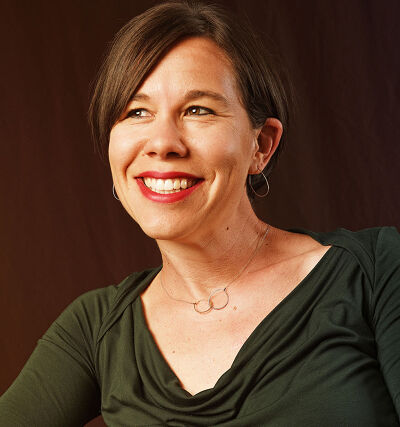
How to Publish a Perfect Book
April 28, 2019
By Brooke Warner
An industry veteran looks at how to publish an error-free book.
An industry veteran looks at how to publish an error-free book.
“Mistakes are reminders that books are made by humans and not gods,” a publisher once told me when I was a relatively new editor, bemoaning a typo that had managed to slip through. Those words brought me some comfort at the time. And now, all these years later, in my role as publisher of two imprints, those words come to mind often—because where there are books, there are errors.
Newly published authors’ reactions to typos and other errors range from resignation to distress. Some authors put the blame on their editors and publishers; others blame themselves. Understandably, frustration with errors in finished copies will increase with the quantity of said errors.
I’ve learned a lot from shepherding books through the production process over the years, but even with more than 20 years of experience, books still go to the printer with typos. Some authors believe that turning their manuscript over to a professional—any professional—means abdicating their authority and responsibility to an editor, a proofreader, or a publisher. But I have some concrete advice that might prevent the kind of frustration, and sometimes horror, that comes from discovering what got missed when it’s already too late.
First, be discerning about the actual level of editing required for any given book. Over the years I’ve helped a number of authors self-publish and found too many of them willing to send their manuscripts straight to a proofreader when, in fact, the book needed a developmental edit and it most certainly needed a copyedit. In some cases, I tried to persuade authors to get a heavier level of edit, only to be met with refusals and excuses. Any author who opts out of necessary editing will likely get feedback from future readers that the book could have been better.
I recommend that authors get all three levels of editing: developmental, copyediting, and proofreading. Editorial is not the place to skimp, and the consequence of doing so is potentially disastrous.
Third, engage beta readers to catch final typos. These readers might read a PDF of final pages (a book’s final designed interior), or they might read the hard copy ARC. I personally find that I catch errors on hard copies that I do not catch when I read on-screen. More and more these days, all editing is done online, so if no single editor or proofreader has read a final version of the manuscript in hard copy form, I’d argue that someone—and ideally more than one person—ought to.
Authors can and should give their final files to trusted readers or, better yet, hire final proofreaders. It’s important to give firm parameters: the purpose is to catch typos only. I’ve seen far too many authors at this phase send their files to readers and proofreaders and then come back with aesthetic and subjective changes, which is a huge industry no-no because those kinds of changes have the potential to introduce new errors into a final proof. But this exercise is otherwise useful, and it’s better to have a good reader catch any final errors before a customer does.
Authors would do well to take their editorial authority into their own hands—always. Editorial work varies. As much as editors follow and should follow The Chicago Manual of Style and in-house styles, I’ve found that individual editors are not objective. They bring their own sense of style, too, frustrating many authors who get contradictory marks from their copy editors and proofreaders.
My experience has taught me that editorial pitfalls are around every corner. The reason authors sign contracts that include language around errata is because books have always been printed with errors. Most of us don’t remember a time when books were published with errata sheets, but they used to be commonplace, and they were not a source of shame; they existed to correct errors and alleviate confusion.
Today, books don’t include errata sheets, and errors that slip through just make the author and publisher look bad. And yet books are made by humans and not gods. Account for that reality. Any author who wants an error-free book must take measures to ensure that outcome. The definition of proofreading is the careful reading (and rereading) of a proof. So read, and read, and read again out loud. Then hand the final thing over to be read again, and read one more time. In some cases, gods can be thwarted and, with the help of many humans, perfect books can and do get made.
Brooke Warner is the publisher of She Writes Press and Spark-Press, a TEDx speaker, writing coach, and the author of Write On, Sisters! (She Writes, Aug.).

































